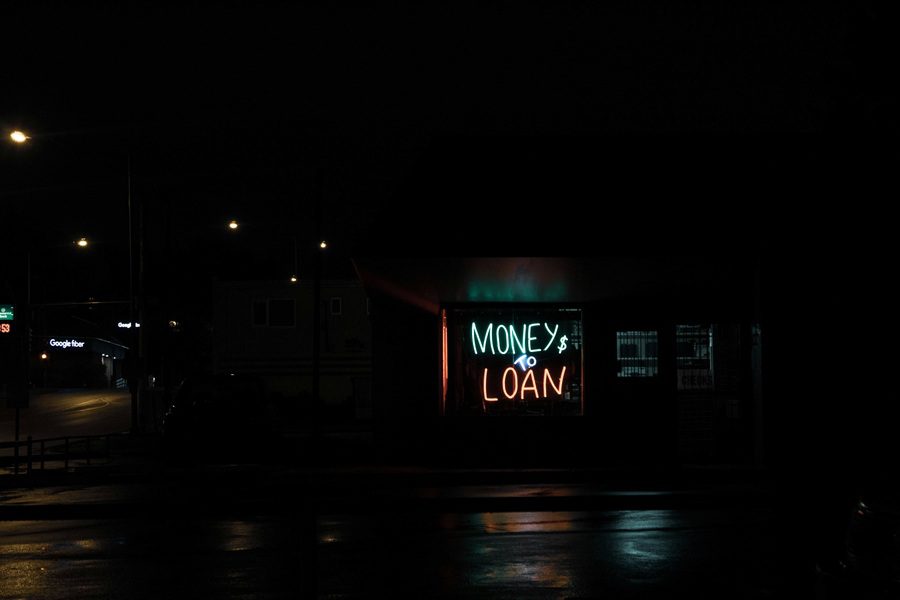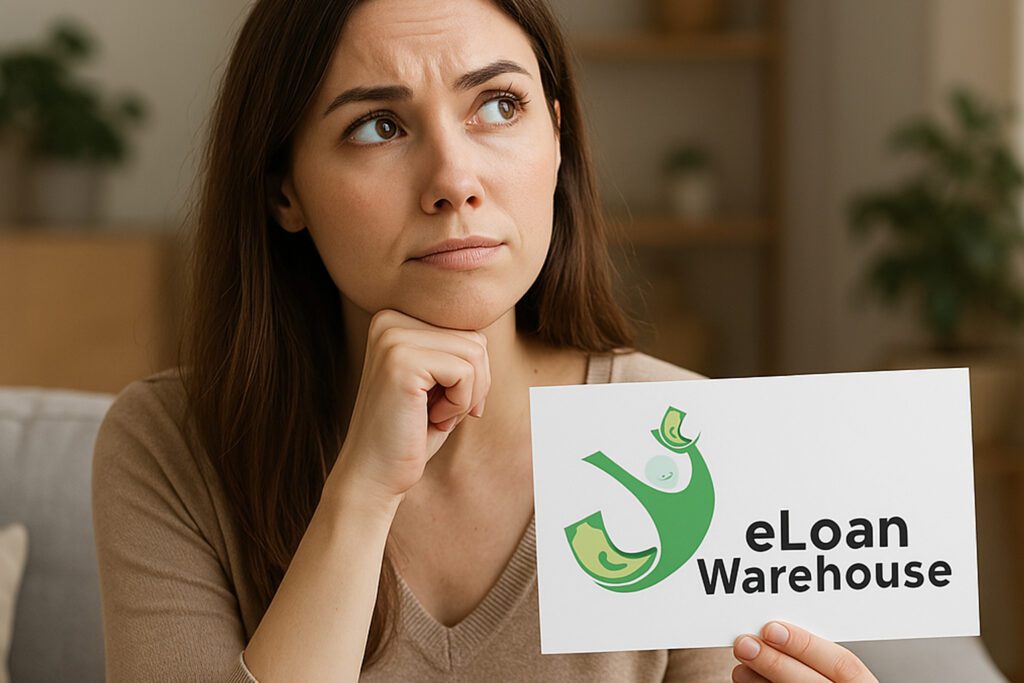Imagine this: You spot the perfect used SUV at a dealership, but your savings fall short by $10,000. Instead of delaying your dreams, you turn to a consumer loan. In 2025, millions of Americans will navigate this exact scenario, borrowing $5.06 trillion in total consumer credit amid rising rates and evolving regulations. However, securing approval demands more than a handshake with a lender. Borrowers must meet stringent requirements shaped by economic shifts, like the Federal Reserve’s steady benchmark rates hovering around 5.25-5.50% through mid-year. This guide cuts through the noise, delivering actionable insights on consumer loan requirements. We explore definitions, types, comparisons to personal loans, and a step-by-step example. Moreover, we highlight 2025-specific trends, such as the CFPB’s new protections for installment loans effective March 30, ensuring you borrow smarter.
Whether you chase a home upgrade or consolidate debt, understanding these elements empowers you. Let’s dive in.
Understanding Consumer Loans in 2025
What Exactly Is a Consumer Loan?
You borrow money for personal needs— that’s the essence of a consumer loan. Lenders extend these funds for everyday expenses, from buying appliances to financing vacations. Unlike business loans, consumer loans target individuals for non-commercial uses. In 2025, they form the backbone of non-housing debt, totaling $3.75 trillion in nonrevolving credit alone.

For instance, banks and credit unions issue these loans under strict federal oversight, including the Truth in Lending Act (TILA). This year, TILA’s exemption threshold rose to $71,900, sparing smaller transactions from excessive disclosures. Consequently, borrowers enjoy clearer terms, but lenders scrutinize applications more rigorously. Additionally, with delinquency rates dipping to 3.49% for personal subsets, healthy applicants thrive. You simply provide proof of need, and the lender assesses risk.
Exploring the Types of Consumer Loans
Consumers choose from diverse options, each tailored to specific goals. Lenders innovate in 2025, blending traditional formats with fintech twists like AI-driven approvals. Here, we break down the main categories.
- Auto Loans: You finance vehicles, often secured by the car itself. Rates average 7.63% for 48-month new auto loans as of May 2025. Expect originations to surge 5-7% this year, driven by pent-up demand.
- Installment Loans: Fixed payments over time cover big-ticket items like furniture. Buy Now, Pay Later (BNPL) variants exploded, with zero-interest “pay-in-four” plans dominating 40% of short-term borrowing. However, the CFPB’s March rule mandates ability-to-repay checks, curbing predatory practices.
- Home Equity Loans/HELOCs: Tap your property’s value for renovations. These secured options boom in 2025, projected to grow 15% amid stable home prices. Rates hover at 8-9%, lower than unsecured alternatives.
- Green Loans: Eco-conscious borrowers fund solar panels or EVs. Lenders like Chase offer subsidized rates around 6.5%, reflecting a 20% uptick in sustainable financing. For example, federal incentives pair with these for net-zero costs.
- Medical and Point-of-Sale Loans: Cover unexpected bills or wellness services. Delinquencies here lag behind cards at under 2%, thanks to employer partnerships.
Furthermore, revolving credit like cards hit $1.31 trillion, up 9.7% annually, but nonrevolving types like these loans grow steadily at 1.8%. Select based on your timeline—short-term for BNPL, long-term for HELOCs.
| Type of Consumer Loan | Typical Use | Average Rate (2025) | Secured/Unsecured | Projected Growth |
| Auto Loan | Vehicle purchase | 7.63% | Secured | +5-7% |
| Installment Loan | Appliances/furniture | 12-18% | Unsecured | +10% (BNPL) |
| HELOC | Home improvements | 8-9% | Secured | +15% |
| Green Loan | Eco-upgrades | 6.5-8% | Varies | +20% |
| Medical POS Loan | Healthcare costs | 0-15% (BNPL) | Unsecured | +12% |
This table highlights choices; consult lenders for personalized quotes.
Consumer Loan vs. Personal Loan: Clearing Up the Confusion
Many mix up consumer loans and personal loans, but key differences matter. You use personal loans—a subset of consumer loans—for flexible needs without collateral. Consumer loans encompass broader categories, often secured by assets.
For example, a personal loan funds debt consolidation unsecured, while an auto consumer loan ties to the vehicle. In 2025, personal loans total $253 billion, comprising 5.1% of non-housing debt. However, consumer loans overall dwarf this, including $1.18 trillion in auto and student subsets.
Moreover, personal loans demand higher credit thresholds—typically 670+ for prime rates—versus secured consumer loans accepting 620 scores. Rates reflect this: personal averages 12.37%, auto dips to 7.63%. Consequently, choose personal for quick cash, consumer for lower costs on big buys.
| Aspect | Consumer Loan | Personal Loan |
| Scope | Broad (secured/unsecured) | Unsecured subset |
| Collateral | Often required (e.g., auto) | None |
| Avg. Rate 2025 | 7-18% (varies by type) | 12.37% |
| Typical Amount | $5,000-$50,000+ | $1,000-$50,000 |
| Approval Speed | 1-7 days | Same-day possible |
This comparison simplifies decisions; always verify with providers.
Essential Requirements for Securing a Consumer Loan in 2025
Lenders evaluate you holistically in 2025, blending data analytics with traditional metrics. First, build a strong foundation.
Credit Score Benchmarks
You need at least a 620 FICO score for most approvals, but excellent (720+) unlocks rates under 12%. Subprime borrowers (below 580) face hurdles, with rates soaring to 21.65%. TransUnion forecasts moderating growth for non-prime, emphasizing score-building tools like free CFPB resources.

Income and Debt-to-Income Ratio
Prove stable income—$30,000+ annually for unsecured loans. Lenders cap debt-to-income (DTI) at 36-43%. For instance, earning $60,000 with $15,000 debt yields a 25% DTI, ideal for approval.
Documentation and Other Factors
Submit pay stubs, tax returns, and ID. Additionally, employment history (2+ years) and residency proof seal deals. In 2025, AI scans reduce biases, but expect soft pulls first. Therefore, pre-qualify online to avoid dings.
A Real-World Example: Navigating a $10,000 Auto Loan Application
Picture Sarah, a 32-year-old teacher in Chicago, eyeing a $10,000 used hybrid. She boasts a 710 FICO, $55,000 salary, and 28% DTI. First, she shops rates via Bankrate, landing 8.5% APR over 36 months.
Next, she gathers W-2s and bank statements. At her credit union, the underwriter verifies via soft inquiry. Approval arrives in 48 hours, with monthly payments at $313—total interest $1,268. (We calculated this using standard amortization: principal × [r(1+r)^n / ((1+r)^n – 1)], where r=monthly rate, n=months.)
However, if Sarah’s score dipped to 650, rates climbed to 10.5%, hiking payments to $327 and interest to $1,772. This example underscores preparation: Prequalify, compare three lenders, and lock rates amid Fed stability. Consequently, she drives off empowered, not encumbered.
Pro Tips to Boost Your Approval Odds
You hold the reins—act strategically. First, check your credit report free weekly via AnnualCreditReport.com. Next, pay down debts to slash DTI. Moreover, build an emergency fund covering three months’ payments.
Additionally, explore credit unions for 1-2% lower rates than banks. For green auto loans, layer federal rebates up to $7,500. Finally, avoid new applications pre-submission; they ding scores 5-10 points temporarily.
These steps transform rejections into yeses, saving thousands long-term.
Frequently Asked Questions
What credit score do I need for a consumer loan in 2025?
Most require 620+, but 720+ secures prime rates below 12%. Subprime options exist at higher costs.
How do 2025 regulations affect consumer loans?
The CFPB’s March 30 rule enforces ability-to-repay tests for payday loans, promoting fairer terms.
Are consumer loans better than credit cards for big purchases?
Yes—fixed rates (7-12%) beat cards’ 23.99% averages, especially for 2025’s revolving surge.
Can I get a consumer loan with bad credit?
Lenders approve scores as low as 580 for secured types, though rates hit 21%+. Co-signers help.
What’s the average consumer loan amount in 2025?
Personal subsets average $11,631; autos range $20,000-$30,000.
In closing, 2025’s consumer loan landscape rewards the informed. With growth in green and BNPL options, you access funds responsibly. Act now—prequalify today and steer your finances forward.


